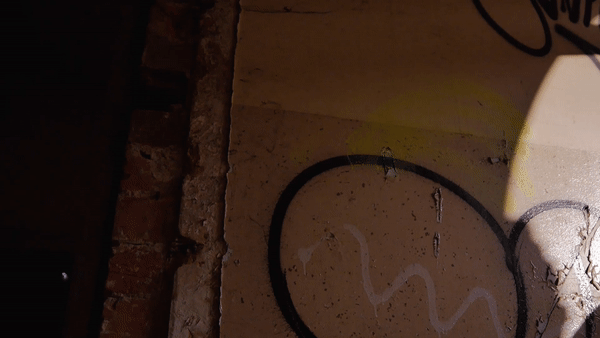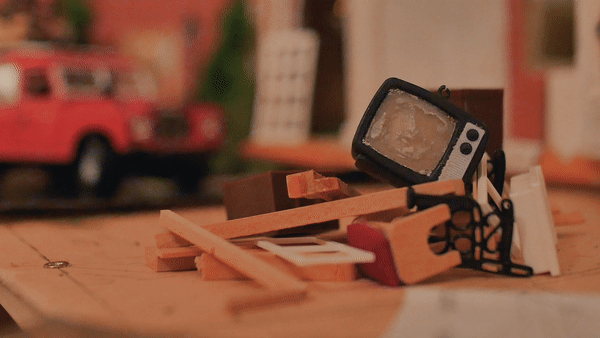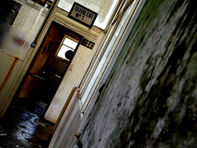
AGE OF URBEX

Urban Exploration, a.k.a "UE" or "Urbex", is the hobby of entering, exploring, photographing and often further researching abandoned and essentially forbidden places. Urbexers are its participants. It's an activity that has most likely existed ever since humans have had structures to restrict access to and abandon. It's a very human impulse to explore stuff that's intriguing or unpopulated and bonus points if those places are also forbidden as that adds a delicious edge to the act. Then there's the danger aspect which is also a major draw for lots of urbexers - especially those attracted to scaling cranes or crawling into storm drains, for instance.
People of all ages right through the ages have shared tales of entering war-damaged ruins, slum clearance sites and the like. And most people have a personal tale about that one creepy house down the road that they explored for kicks as a kid. But generally though, the public at large tend to leave abandoned or forbidden places alone in their day to day lives. The threat of legal action, injury or the seeming pointlessness of it all often seem to be pretty good motivators. Sure, you'll occasionally see an online newspaper with a piece featuring photography of an abandoned location to arouse nostalgia or wow with the imagery, but most people aren't particularly inspired to visit said location afterwards... unless it's Pripyat or Hashima Island of course, as orgnised "urbex tourism" is currently a growing trend.
Un-organised urbex though potentially provides no more than a short adrenaline rush, grainy photos of frustratingly locked-gates and possibly a sore throat developing - 'cuz there's always a damp spot somewhere. But those are arguably things that could afflict many a hobby or sport. And like the very much not-related yet slightly similar "extreme-ironing" sport - the draw is in the pay-off of achieving several creative goals while also satisfying the thrill-seeking. In the case of Urbex, the goals canbe:
-
To capture the location with an editorial or artistic approach to the imagery, especially if it has historical or photogenic importance.
-
To discover artefacts, aspects or views not known previously and perhaps to be the first to share these findings.
-
To indulge in nostalgia, melancholia and to generally soak up the atmosphere of a place and its history.
-
Plus, on a physical level there's the exertion involved so you can add a good dose of exercise as well.
Mention the rise of gootubers.
UK urbex to soon feature only telephone boxes and sheds.
(Above) Ilford's Goodmayes Hospital was opened as the West Ham Borough Asylum in 1901 and designed by Lewis Angell with a Compact Arrow plan.
(Left) Two important examples of Echelon Plan asylums - Claybury and High Royds.
Everything from 1845 to 1948
The 1845 Lunacy Act empowers local authorities to update and scope and aims of the 1808 act, as well as force counties

VIDEOS
A selection of videos
AGE OF URBEX
Everything from 1997 to the ever-changing present.
Prepare for a deeper-dive into asylum and psychiatric hospital history and it's urban exploration
by clicking on these links. Starting with the very first urbex website which I was introduced to way-back in 2004 which featured many of the most iconic sites. Then there's Simon Cornwell's
extensive and most comprehensive compendium of UK asylum information and explores at The Time Chamber. Followed by the most popular and long-running urbex forum of 28 Days Later.
















